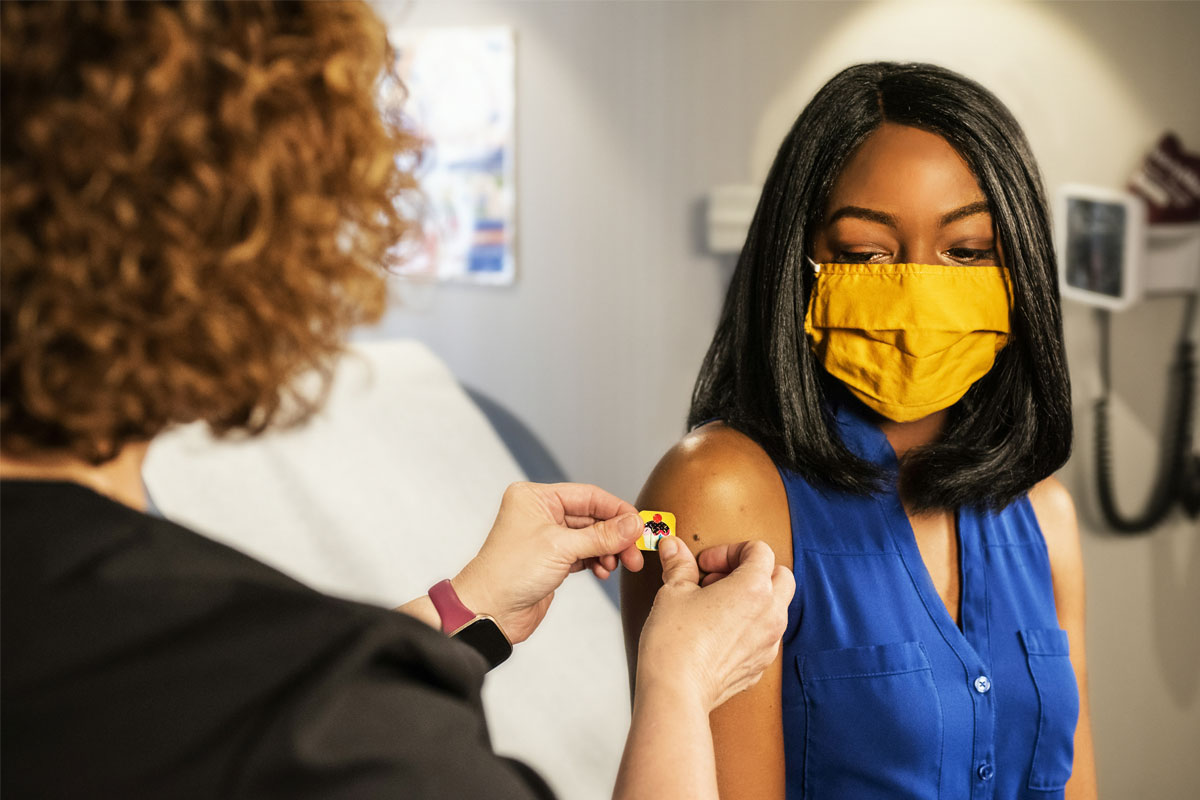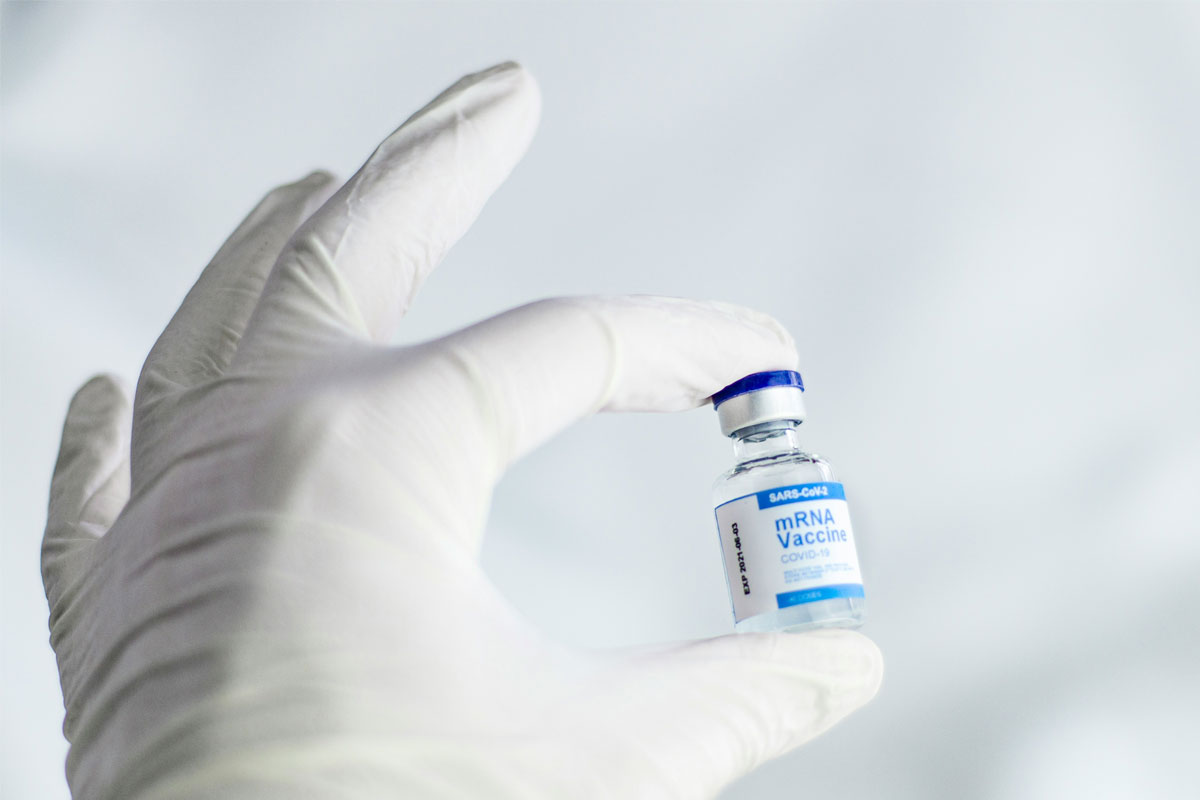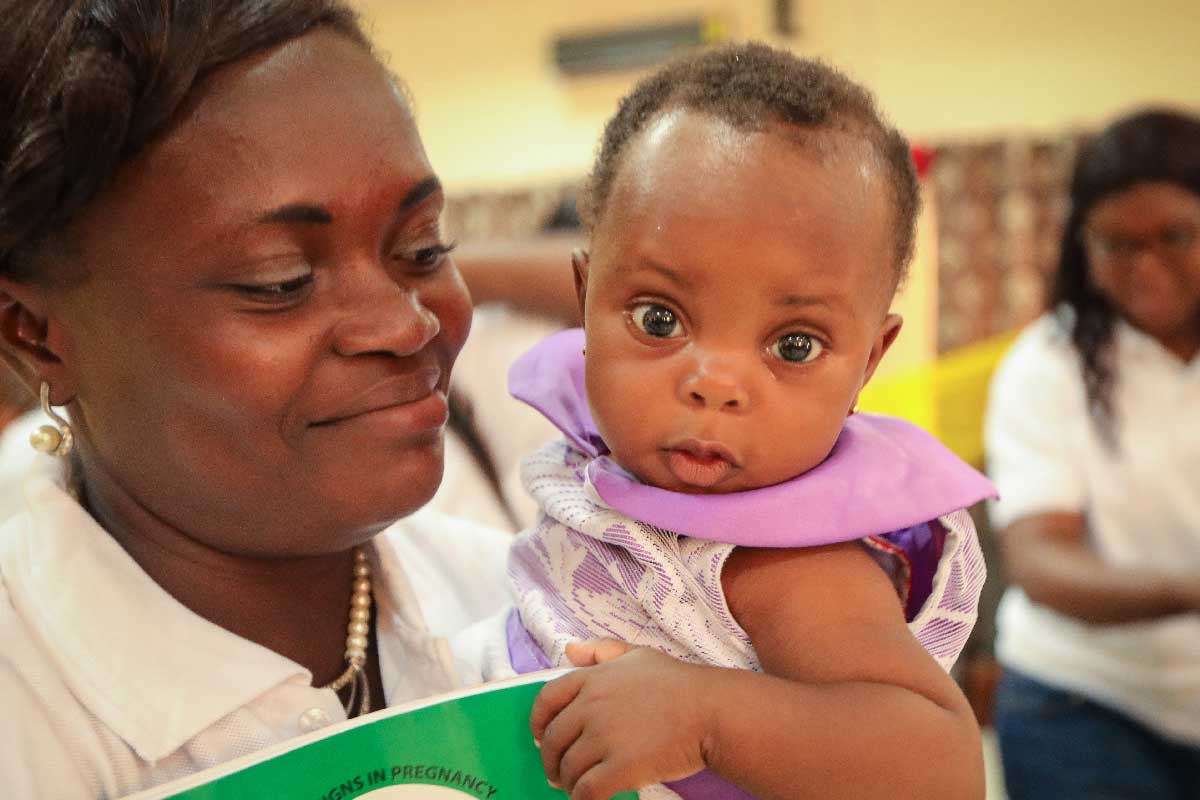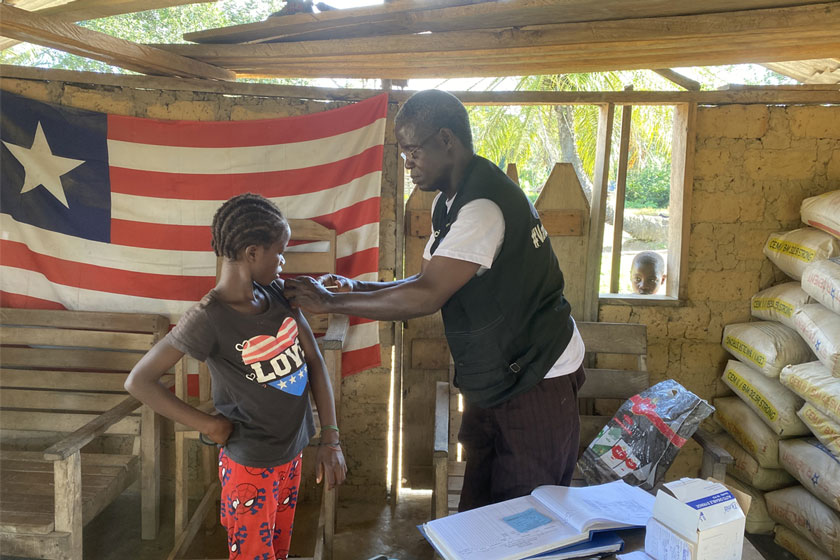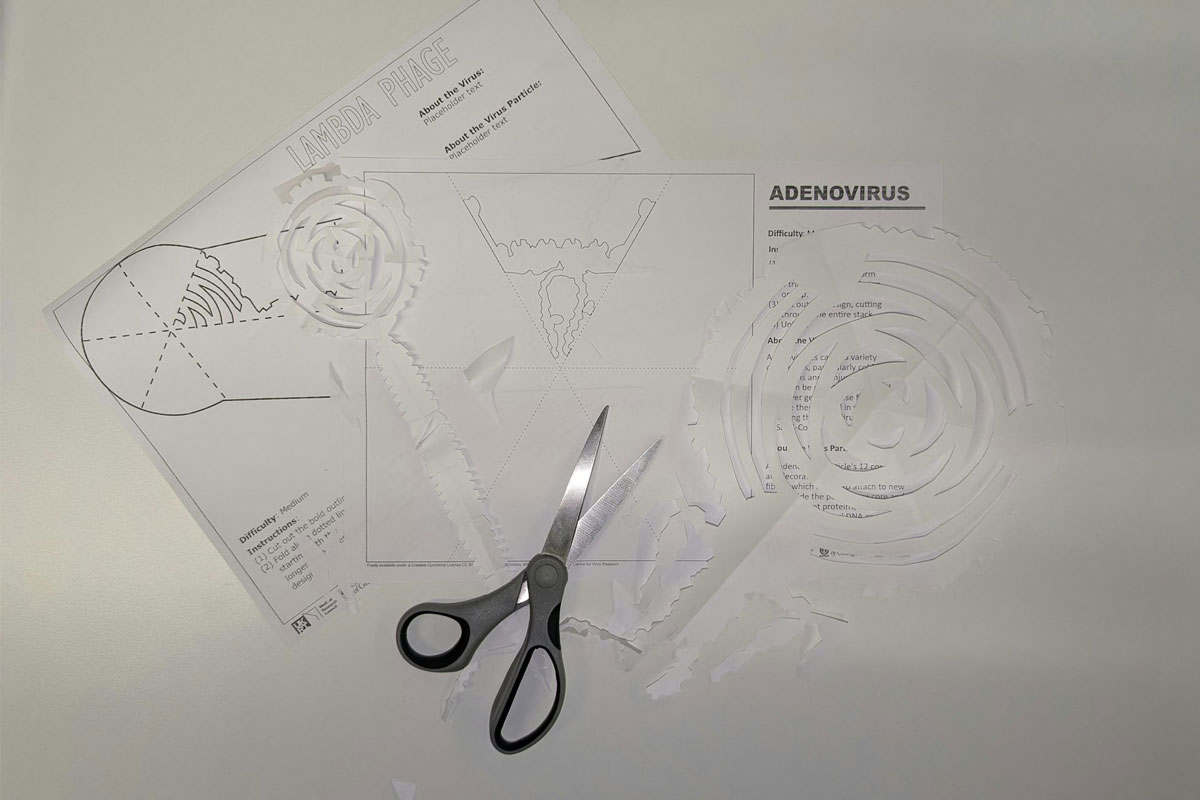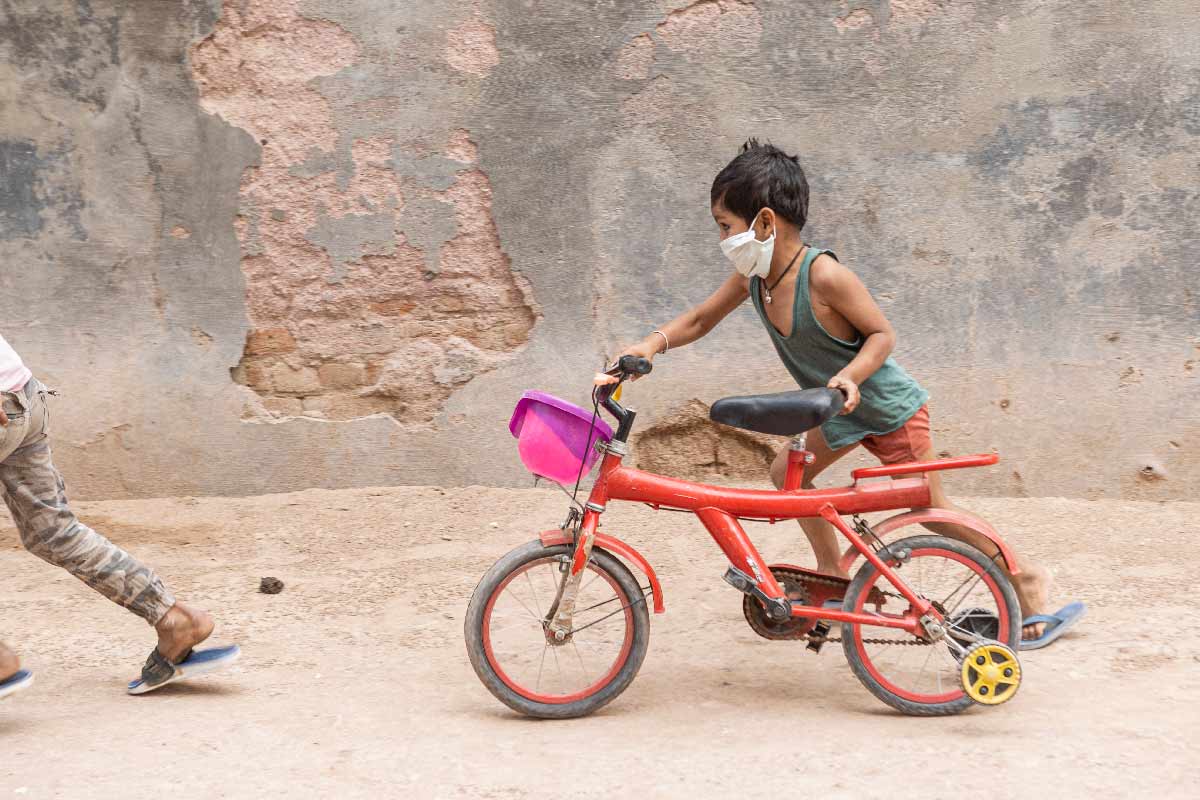Why the HPV vaccine is offered to teenage girls and what parents need to know about it
When it comes to triggering immunity against the leading cause of cervical cancer – HPV – timing matters.
- 19 September 2025
- 6 min read
- by Linda Geddes
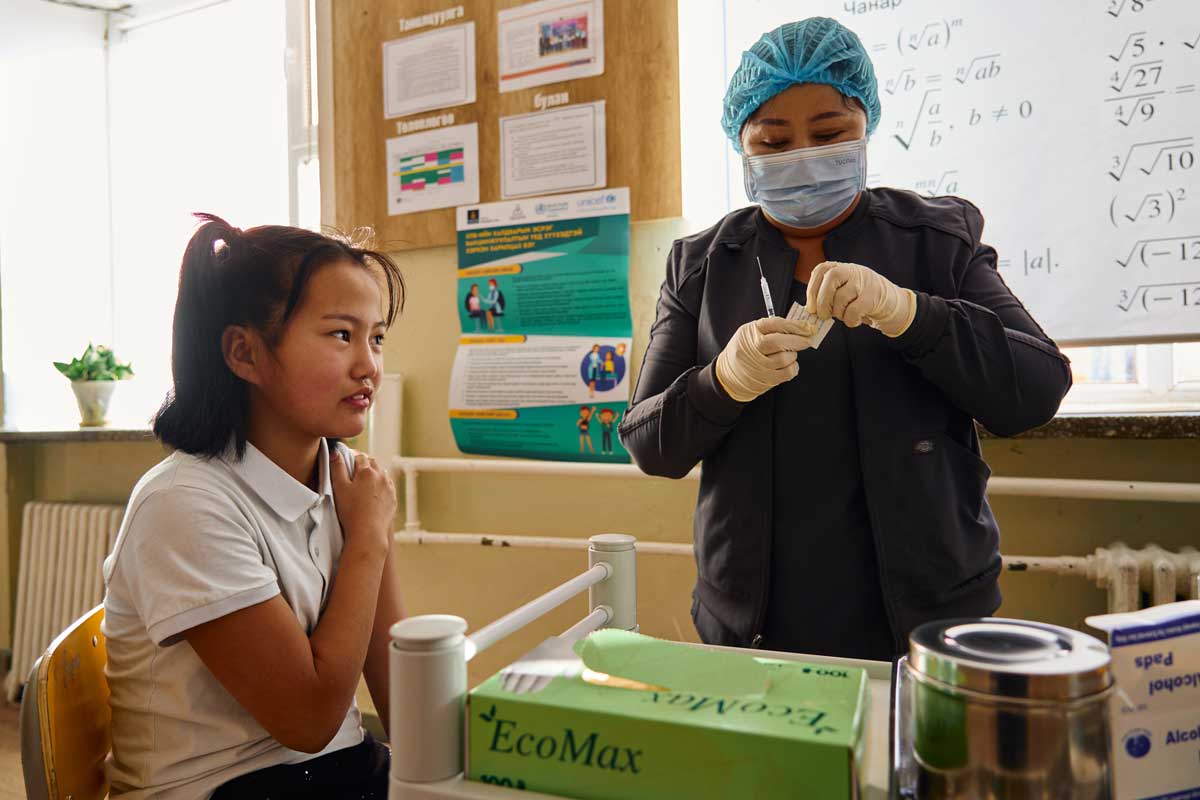
HPV vaccine explained: why it’s given before adulthood
- HPV is highly infectious and predominantly spread through sexual contact, and HPV vaccines work best if they’re given before someone is exposed to the virus.
- Studies suggest that vaccinating girls aged 9–14 years offers the highest biological and public health benefit.
- Modelling evidence from low- and middle-income countries also suggests that targeting HPV vaccination to girls aged 15–20 years is significantly more efficient than vaccinating boys or older girls, particularly in settings with constrained resources. Offering the vaccine to boys or women aged 18 years or older requires more doses to prevent a similar number of cancer cases and is less cost-effective.
- Immunological studies have also shown that younger adolescents mount a stronger response to the HPV vaccine compared to older age groups.
Cervical cancer is one of the most common causes of cancer deaths among women worldwide and human papillomavirus (HPV) is its leading cause.
The HPV vaccine can prevent up to 90% of cervical cancers, not to mention other cancers that are also triggered by this virus. Yet some parents wonder why it’s predominantly offered to girls in their early teens, rather than being offered to everyone later on.
The short answer is that the HPV vaccine works best when given early, building long-lasting protection against cancers caused by HPV. Here’s what the science says about the safety and effectiveness of these vaccines, and the rationale for giving them to teenagers.
Why is the vaccine given to young teenagers, rather than waiting until they are adults?
HPV is predominantly transmitted through sexual contact, although non-sexual transmission also sometimes occurs.
The virus is highly infectious, with most people infected by the time they reach middle age, and a large peak of infections occurring in the year or two after individuals first become sexually active.
HPV infection doesn’t only happen to people who have had lots of sexual partners. You can be infected if you’ve only had one sexual partner. Studies have shown that some virgins are also infected with HPV.
HPV causes cancer by integrating its genetic code into the DNA of cells lining the cervix and disrupting their function. HPV vaccines work best if they’re given before someone is exposed to the virus: studies suggest that vaccinating girls aged 9–14 years offers the highest biological and public health benefit.
If you wait until adulthood, people may already have been exposed to HPV, and the vaccine won’t protect them against strains of the virus they’ve already encountered.
Immunological studies also suggest that younger adolescents mount a stronger response to the HPV vaccine compared to older age groups. Although vaccination in older teens and young adults is still beneficial, has slightly lower effectiveness than in younger individuals.
Why is the HPV vaccine offered to teenage girls and not boys?
Some countries offer the HPV vaccine to both girls and boys, because the virus also causes a substantial proportion of anal, vulval, penile and head and neck cancers in men and women. However, because HPV is the leading cause of cervical cancer – which only affects women and is so common and so deadly – girls are usually prioritised.
Modelling evidence from low- and middle-income countries suggests that targeting HPV vaccination to girls aged 15–20 years is significantly more efficient than vaccinating boys or older girls, particularly in settings with constrained resources. Offering the vaccine to boys or women aged 18 years or older requires more doses to prevent a similar number of cancer cases and is less cost-effective.
This is reflected in the World Health Organization’s (WHO’s) latest position paper on HPV vaccines, which recommends prioritising HPV vaccination in girls aged 9 to 14 years. Doing so also reduces the risk of HPV infection in boys, it notes.
Vaccination of older girls and women, boys, and older males “is recommended only if this is feasible and affordable and does not divert resources from vaccination of [girls] or effective cervical cancer screening programmes,” WHO says.
Is the HPV vaccine safe?
More than 200 million doses of HPV vaccine have been given globally since it was introduced more than 15 years ago, and its safety continues to be tracked through national and international monitoring systems.
According to a systematic review and meta-analysis of HPV vaccine safety published in 2025, which combined data from 11 randomised clinical trials, there were no significant differences in serious adverse events, gastrointestinal or skin reactions, headaches or fever between people who received HPV vaccines or a placebo.
However, people who received the HPV vaccine did experience some local reactions, such as injection site pain, swelling and redness – fatigue and muscle aches, following vaccination. Though unpleasant, such responses aren’t dangerous and are a sign that the immune system is responding to vaccination.
According to the study’s authors, the overall safety profile of HPV vaccines was favourable, “mirroring the profile of adverse reactions seen with other vaccines”, they said.
How effective is the HPV vaccine?
Research by the Vaccine Impact Modelling Consortium has estimated that for every 1,000 children vaccinated against HPV, an estimated 17.4 deaths are prevented, and that the vaccine is most effective when given as one or two doses to girls aged 9–14.
Recent studies from countries including the UK, Denmark and the US, which introduced the vaccine more than a decade ago, provides further real-world evidence of the vaccine’s impact, with HPV infections and cervical cancer rates falling steeply among vaccinated groups.
For instance, according to a study published in Eurosurveillance in July 2025, Denmark has effectively eliminated infections with the two biggest cancer-causing strains of HPV since the vaccine was introduced in 2008. The vaccine has also reduced the circulation of these HPV types in the general population, to the extent that even unvaccinated women are now less likely to be infected with them.
Deaths from cervical cancer also appear to be falling. In the US, researchers have observed a 62% drop in cervical cancer deaths over the past decade, with HPV vaccination considered the most likely explanation.
Have you read?
Does vaccinating teenagers against HPV encourage promiscuity?
Multiple peer-reviewed studies have looked at whether giving teenagers the HPV vaccine affects their sexual behaviour, and the evidence suggests it does not.
According to a systematic review published in Human Vaccines & Immunotherapeutics in 2016, which reviewed data from 20 studies involving more than 500,000 participants in total, vaccinated teens do not start sexual activity any earlier, have more partners or take more sexual risks than those who were unvaccinated. In fact, some of the studies found that vaccinated women had fewer sexual partners than unvaccinated women.
The HPV vaccine is about protection and prevention, not behaviour. Even if someone only has one sexual partner throughout their whole life, they can still become infected with HPV and develop a preventable cancer. Vaccination substantially reduces that risk.
